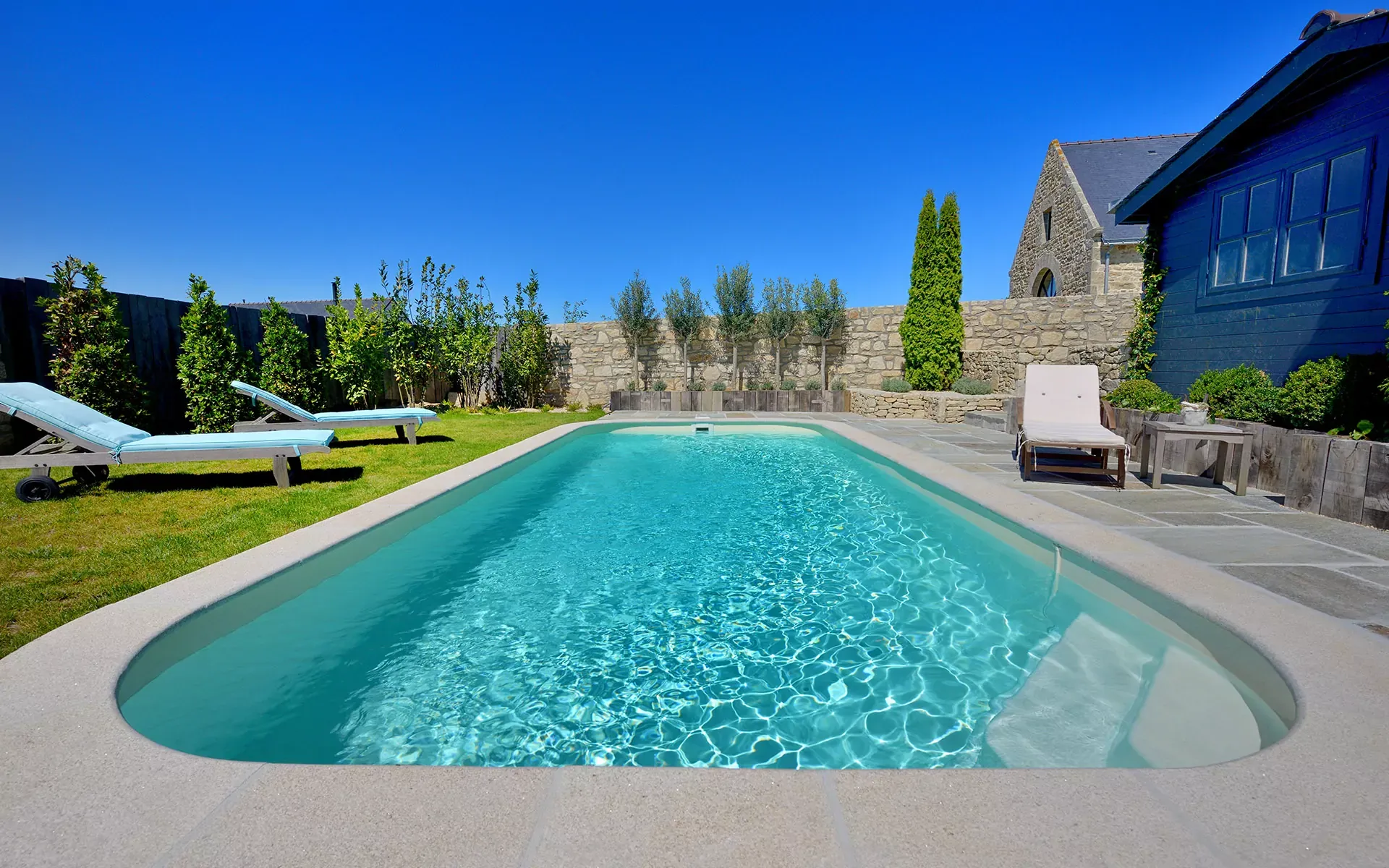Maintaining a swimming pool is key to ensuring that swimmers stay safe, and are able to enjoy their time in the water. From cleaning and balancing the chemistry of your pool water to covering your pool with a high-quality pool blanket, there are many necessary steps for maintaining your swimming pool. In this blog post, we'll discuss how to keep your pool in top shape so that you and your family can enjoy the summer months in it! We'll cover everything from cleaning, to chemical treatments, to repairs. Read on for more information about pool maintenance.
Be Careful About Black Algae
Black algae can be a problem for swimming pools, as it is difficult to remove and has a tendency to grow in shady areas. It is also very slippery when wet, making it dangerous for swimmers. In order to prevent the growth of black algae, pool owners should test their water chemistry regularly and address any imbalances immediately. Additionally gathering information on black algae stains and the best treatment for them is important. Regular scrubbing and brushing of the walls and tile can help prevent the growth of black algae, as well as using a reliable algaecide to kill it off entirely.
Finally, pool owners should always be aware of their water's PH levels, which has an effect on how susceptible pools are to bacteria and algae growth. Keeping the PH levels balanced is one of the best ways to prevent and treat black algae in your pool.
Check The Water Level
It is important to check the water level in your swimming pool regularly. The ideal water level should come up to about halfway between the skimmer and returns. If your water level is too low, add more water with a garden hose until it reaches the desired level. Too much water can cause structural damage, so be sure not to overfill. If your pool has a natural spring, it’s important to check the water level and make sure it is being regulated properly. Keeping the proper water level helps maintain balanced chemical levels in the pool so that the pool stays clean and sanitary for swimmers.
Vacuum The Pool Floor
Vacuuming the pool floor is an important part of pool maintenance. This helps keep the pool clean and free of debris. Vacuums come in a variety of shapes, sizes, and styles to accommodate different types of pools. Using a vacuum properly and regularly will help reduce dirt, algae, and other contaminants that could otherwise collect on the pool floor.
Make sure to use the appropriate vacuum head for your pool type and size, follow the manufacturer's instructions, and move the vacuum slowly and methodically in order to get the best results. Additionally, checking over hoses for wear or damage regularly is important for optimal performance. Taking care of vacuuming tasks will help ensure that you have a safe and enjoyable swimming experience.
Brush The Walls
The walls of your pool are often forgotten when it comes to regular maintenance, but brushing them is an important part of keeping your pool clean. Make sure that you brush the walls at least once a week, paying special attention to any areas where algae may be present. Use a long-handled brush for hard-to-reach spots like steps, walls, and corners. Be sure to brush with a back-and-forth motion in order to remove any dirt or algae that have built up. This will help keep your pool looking crystal clear for years to come!
Backwashing The Filter
One of the most important parts of pool maintenance is backwashing the filter. This should be done once a month or whenever the filter pressure climbs more than 10 PSI above its start-up level. When backwashing, use high-pressure water from the pool pump to flush out dirt and debris from the filter’s media bed. Make sure that you follow the manufacturer's instructions for cleaning your filter, as the process may vary depending on the type of filter you have. This will help keep your pool free of impurities and ensure that your pump is running at optimal levels.
Check Your Ph Levels Regularly
Maintaining the right pH levels in your swimming pool is vital for water quality and hygiene. You should check pH levels regularly to make sure they are properly balanced, as unbalanced pH can cause skin irritation, eye discomfort, and cloudy water.
The ideal pH range for a swimming pool should be between 7.2 and 7.8. To make sure your pool's pH levels are in this range, use a test strip once per week and adjust the water balance as needed. Make sure to wear appropriate safety gear when working with chemicals like chlorine. With proper vigilance, you can ensure that your swimming pool's pH levels are always within their optimal range.
In conclusion, maintaining your swimming pool properly is essential for ensuring its longevity and health. From checking the water level to backwashing the filter, brushing walls, and testing pH levels, there are a lot of tasks that must be done on a regular basis in order to keep your pool clean and safe. Following these steps can help ensure that you get many years of enjoyment out of your swimming pool.

